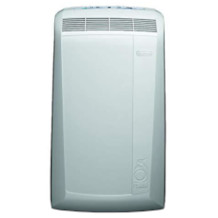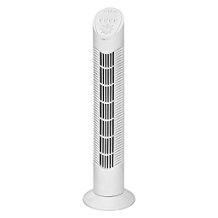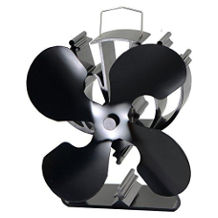Air purifier purchasing advice: how to choose the right product
- What You Need to Know
- Air purifiers reliably filter dust, allergens and other particles from the air and are therefore ideal for allergy sufferers, among others.
- Different types of filters are used: pre-filters, HEPA filters, activated carbon filters and photocatalytic filters.
- The air in the room should be circulated about twice an hour to achieve a good cleaning result.
The desire for clean air
Allergy sufferers know the problem: All kinds of allergens are floating in the air everywhere – indoors and outdoors, be it pollen, house dust or animal hair. Air purifiers are the solution at home and in the office. They remove allergens, pollutants and bad odours from the air and thus improve the air quality. Air purifiers thus do more than consumers can achieve by opening a window. After all, there is also dust in the outside air that enters the home when it is ventilated.
How do air purifiers work?
There are three different types of air purifiers. The classic room air purifier has a filter system through which the room air is passed and thus purified. The so-called ioniser generates negative particles that dock onto the positively charged particles of the room air and thus weigh them down. In this way, allergens and other particles are transported to the floor, where they can be picked up by the hoover. The third type of device is the air washer. Here the name says it all, because bad odours and pollutants are filtered by this air purifier via the binding in the water of the device.

If you use an air washer, you have to change the water regularly, but you do not have to buy replacement filters. Filtering is done by passing air over many thin discs that rotate slowly in a tub of water and are therefore constantly wetted. Air washers are often the cheaper models in comparison, but have a weaker filtering performance than other designs. They still filter coarse dust out of the air reasonably reliably, but they are relatively ineffective against fine dust. Air washers also increase the humidity. This can be a welcome effect in winter, but in poorly ventilated rooms it can lead to mould growth.
Where are air purifiers used?
Air purifiers are primarily used commercially, but they are also becoming more and more interesting for private use. They are a sensible purchase, especially for allergy and asthma sufferers, as their filter system removes even the smallest particles from the air. In this way, air purifiers enable sufferers to relax and, above all, breathe without discomfort in their own four walls.
Air purifiers are mainly used in the following areas:
- Doctors’ surgeries
- Hospitals
- Laboratories and other clean rooms
- Offices and workrooms
- Children’s rooms
- Living room
- Bedrooms
What is filtered out of the room air?
Today, manufacturers of air purifiers rely on various filter media to ensure the best possible air quality. The aim is to neutralise bad odours and filter as many of the following particles from the air as possible: Pollen, house dust, toner dust, fine dust, feather dust, fungal spores, pollen, animal hair, tobacco smoke, bacteria and other allergens. However, most air purifiers cannot do anything against viruses in the room air because they do not filter the air finely enough. Corona viruses, for example, have a diameter of 0.1 micrometres, but air purifiers are usually only effective against particles with a minimum diameter of 0.3 micrometres.
A good air purifier should completely circulate the air in a room about twice an hour. This is the only way to achieve a good cleaning result. At the same time, this also results in one of the most important key figures of air purifiers: the recommended number of square metres. Not every air purifier is recommended for every room size. It should not be dimensioned too small, because in this case the circulation rate would be too low and no complete air purification could take place.
What filter systems are there?
The filter is the heart of an air purifier. Manufacturers often rely on a combination of different filters to achieve the most comprehensive air purification possible. A distinction is made between the following variants: pre-filters, HEPA filters, activated carbon filters and photocatalytic filters.
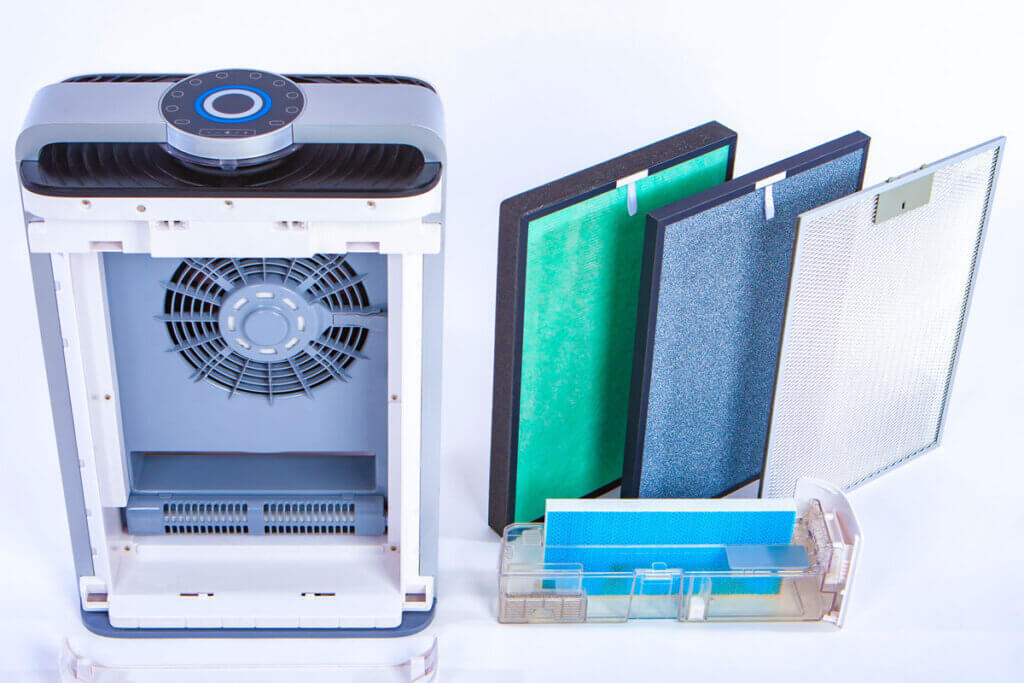
As its name suggests, the pre-filter is responsible for pre-cleaning. It filters the coarse particles such as animal hair and dust out of the air. In this way, it protects the HEPA filter that usually sits behind it. A big advantage is that the pre-filter can be easily cleaned under lukewarm water, which in turn benefits the service life of the HEPA filter.
What is a HEPA filter?
The term HEPA stands for “High Efficiency Particulate Air”. This filter is therefore an extremely efficient room air filter that filters microparticles down to a size of about 0.3 micrometres (µm) out of the air. Unlike the pre-filter, however, it cannot simply be cleaned with water, but must be replaced regularly. Manufacturers usually recommend changing it every six to twelve months. Air purifiers often have a practical LED display to indicate when the filter needs to be changed.
The HEPA filter reliably cleans the room air of
- bacteria,
- fine dust particles such as toner dust,
- allergens,
- small airborne particles,
- pollen and other pollen as well as
- residues from tobacco smoke.
Why do I need an activated carbon filter?
The activated carbon filter is used by many manufacturers in combination with a HEPA filter. It filters organic molecules from the air and catalyses or decomposes harmful gases. This makes it the first choice when unpleasant odours need to be neutralised. Activated carbon filters make use of the highly porous structure of activated carbon: pollutants settle in the pores of the carbon. After a certain period of use, however, the pores become “full”; the activated carbon filter can no longer work efficiently and should be replaced.
What is a photocatalytic filter?
This filter collects the gases and bacteria broken down by ultraviolet light (UV light). It has a titanium oxide coating that works in combination with UV light. Advantage: The filter is usually self-regenerating and therefore does not need to be changed.
What matters when buying
There is a wide range of air purifiers on the market. In order to find the ideal model, various criteria must be taken into account. First of all, these three points are important: Design, digitalisation and functionality. After all, nobody wants to put an oversized air purifier in the room that mainly takes up space but hardly achieves any improvement. The best air purifier for one’s own requirements fits into the room’s appearance and convinces with its functions. The next question is: How digital should it be? Some air purifiers work almost independently or can be controlled via an app.
Another question that helps in choosing the right air purifier:
- For which rooms is the purifier needed and how large are they?
- Which functions should it have in any case?
- How high is the power consumption?
- Which filters are available or what should be filtered out of the air?
- What is the price-performance ratio?
With these questions, you can already make a rough pre-selection. Manufacturers such as Levoit, Philips or Dyson often have several models on offer, but not every one of them is always the right one.
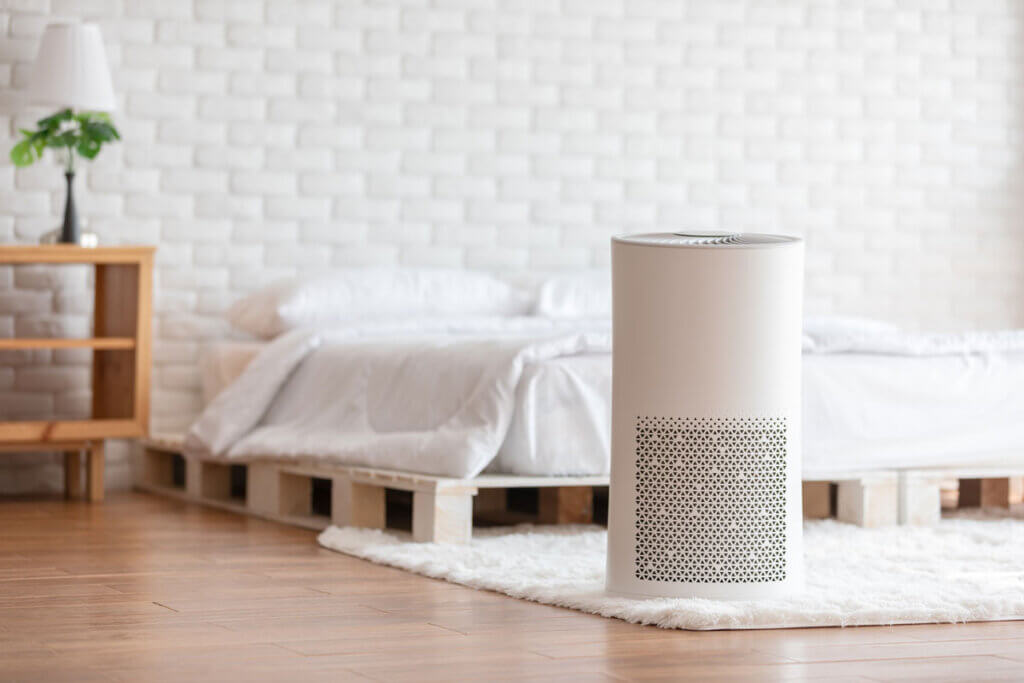
How high is the power consumption of air purifiers?
Energy consumption is an important factor in the purchase decision. Compared to air conditioners, the power consumption remains within reasonable limits. Depending on the size and circulation capacity, it is between 2 and 100 watts. However, since the air purifier is usually in continuous operation for a long time, the energy consumption should be low. Devices that have a timer are advantageous. This makes it easy to set how long the air purifier should run before it switches to another room, for example.
Another factor in terms of power consumption is the air circulation. Many air purifiers have different ventilation levels that can be used to influence the degree of filtration. Naturally, they consume the least electricity at the lowest level. However, it is important to make sure that the air purifier still removes enough particles from the air even at a low filter level.
Micron value and filter performance
The micron value of an air purifier indicates the degree of particle filtration. The smaller the value, the higher the filter performance. A micron value of 0.5 is common.
Choosing the right filter
The filters are the heart of every air purifier. The efficiency of particle filtration rises and falls with them. Many devices therefore rely on a combination of different systems. A combination of pre-filter, HEPA filter and activated carbon filter is particularly widespread. The filters ensure that even the smallest particles (for example fine dust or toner dust) are removed from the air. This not only fundamentally improves the air, but also optimises it for allergy sufferers and asthmatics.
The disadvantage, however, is the maintenance of the individual filter systems. While the pre-filter can usually be cleaned simply with a little water, the HEPA filter must be replaced regularly. Manufacturers recommend changing the filter about every six to twelve months to ensure consistent performance of the device. The costs for this change vary greatly depending on the manufacturer. Nevertheless, consumers should not fall back on cheap, one-off filters, as these can damage the air purifier. It therefore makes more sense to use the slightly more expensive filter from the manufacturer right away than to have to buy a new unit after just a few months.
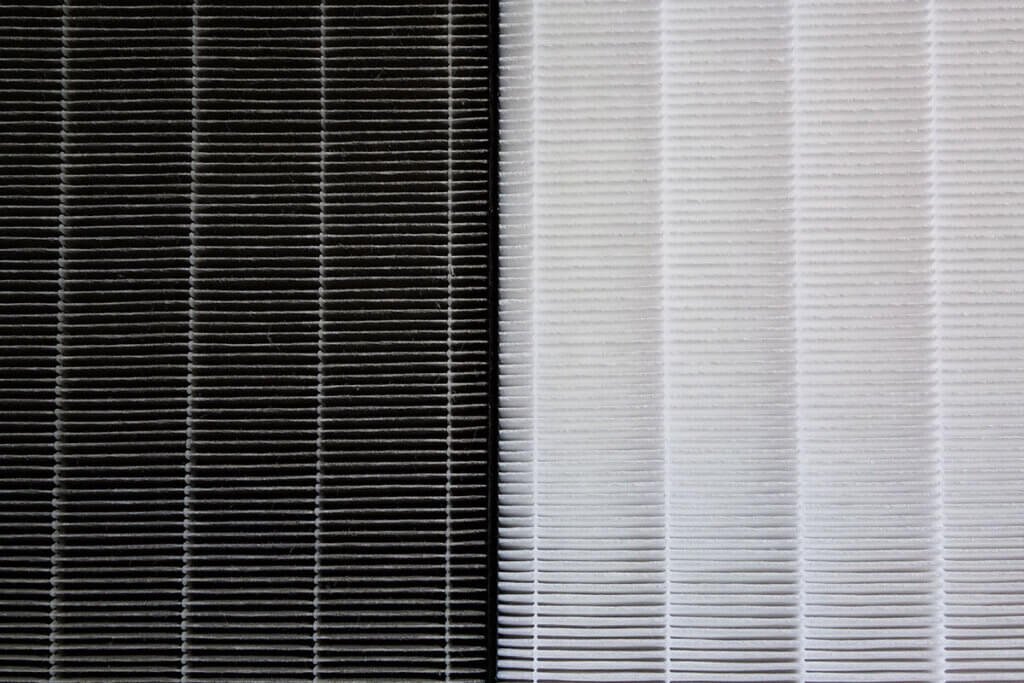
The noise level of room air cleaners
In addition to the features mentioned, from the filter system to the recommended room size to the power consumption, there is another important feature that should not be missing in the air purifier comparison: the noise level. Especially if the air purifier is often used at night, it should not be too loud. It doesn’t matter whether it is in a child’s room or whether there is an infant in the bedroom. Almost everyone is quickly disturbed by a too-loud hum during sleep. Even the cleanest room air is no substitute for a restful sleep.
What additional functions are there?
While many features are present in all room air purifiers, there are some that manufacturers use to set their devices apart from the competition. These additional functions can be the deciding factor in a comparison to declare a device the air purifier test winner. Not every one of these functions is absolutely necessary, but many are quite useful. A quality sensor, for example, regularly measures the room air. This is the basis for the automatic optimisation of the air purification. Units with such a sensor often adjust the circulation and in this way increase the degree of filtration depending on the air quality.
The following additional functions are possible with air purifiers:
- Quality sensor
- Night function
- Humidification of the room air
- Ioniser
- Child lock
- Remote control
- Control via app
Useful additional functions
The usefulness of the functions of an air purifier depends on its use. If it is mainly used at night, a night function is certainly useful. The noise level is then significantly lower. A child lock, like a remote control, is more of a luxury feature. However, since there is no real danger from unauthorised use of a cleaner, it does not necessarily have to be secured against this.
An air humidification function, on the other hand, is basically practical. Especially in winter, dry heating air becomes a problem for many people. An integrated air humidification function can help. However, if used excessively, it can also cause excessive humidity and thus promote the formation of mould. If you want to be on the safe side, you should use a separate device for room humidification.
Ioniser: Yes or no?
Ionisers are often the cheaper versions of air purifiers. In fact, they are usually also the better devices when it comes to neutralising bad odours. This is why they are used, among other things, to improve odours in closed rooms. For consumers, the ozone gas produced is usually harmless, as the devices merely release the treated air back into the room. Nevertheless, the concentration of ozone in the rooms can increase and possibly cause irritation of the mucous membranes. However, this mainly affects the older devices and is no longer a problem with modern air purifiers.

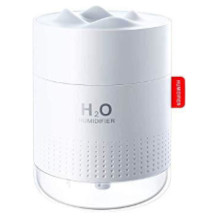
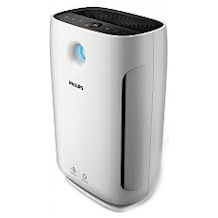
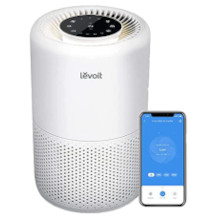
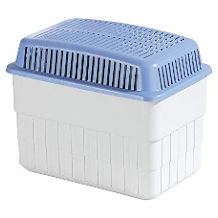
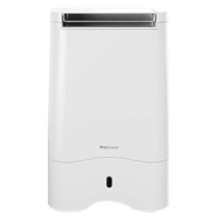

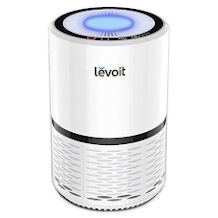
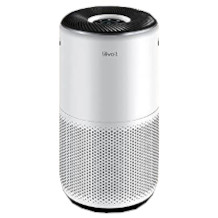
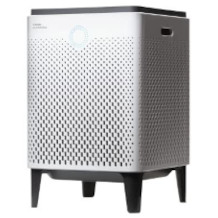
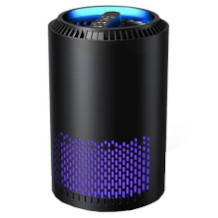
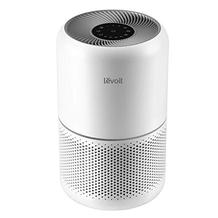
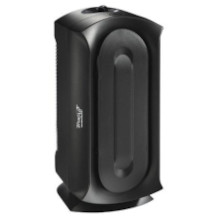

 8,781 reviews
8,781 reviews

